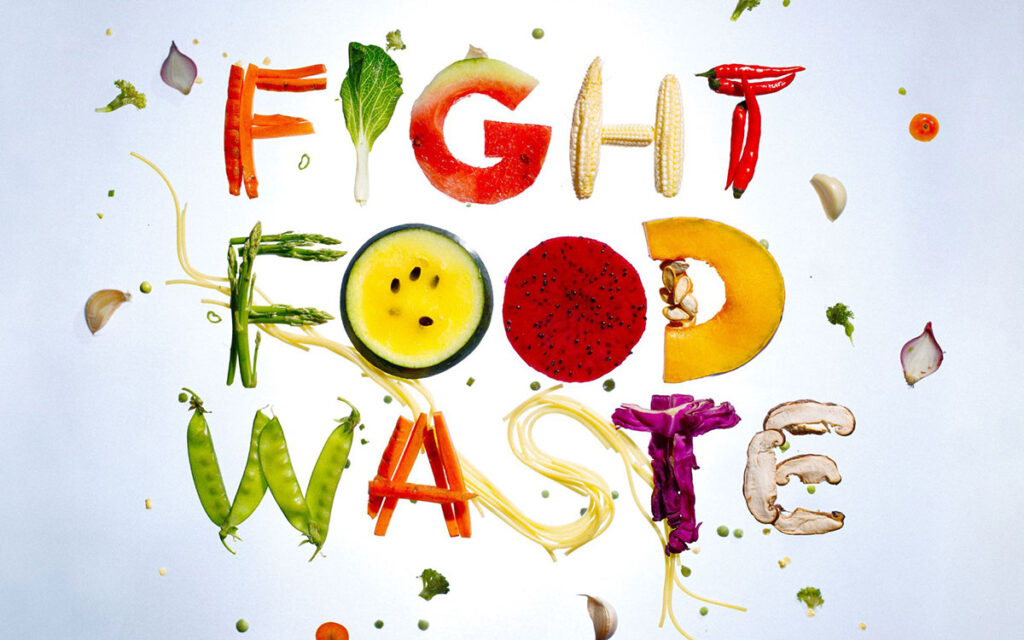
(Photo: ENI CBC Med)
Did you know that a third of food produced for human consumption
is either lost or wasted worldwide?
Food loss specifically refers to food wasted during harvest and retail, which accounts for 14% of total world food production, as opposed to food waste at the consumer level, which accounts for 17% of total global food production (11% in households, 5% in the food service and 2% in retail). This is the reason why Stop Food Waste Day, observed every April 26, is now celebrated globally to raise awareness and spark change.

Food waste in households accounts for 11% of the total global food production. (Photo: FootPrint)
The sustainability of agriculture and oceans, as well as issues with hunger and poverty, climate change, health and welfare, and other global issues, are all directly impacted by food waste. Food waste results in energy loss during the growing, harvesting, processing, and cooking processes. Food waste in landfills can also result in methane emissions, a potent greenhouse gas that accelerates climate change. Not forgetting food waste and loss can also raise food prices while having a detrimental influence on food availability and security.
Unfortunately, food waste has become a habit for many individuals around the world, whether through overspending on groceries, letting produce rot at home, or buying more than we can consume. There is so much more that can be done and here’s how.
- Freeze your leftovers: We tend to cook more than we can eat; so instead of throwing leftovers away, why not store them in the fridge? Most foods can be frozen for months and even reused in another recipe for later consumption.
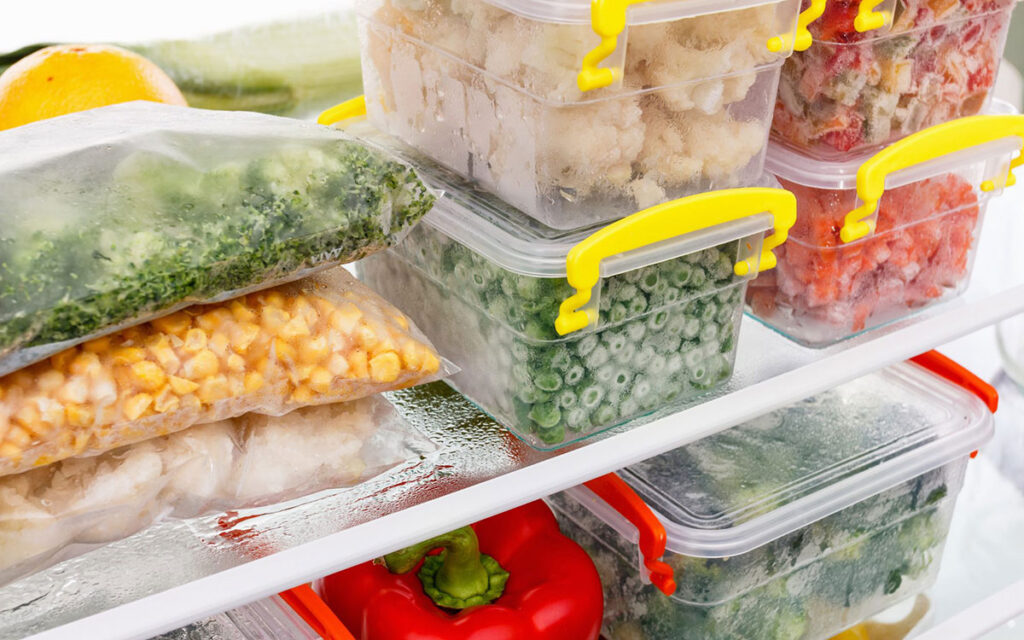
Freeze your leftovers for later use if you cook more than you can eat. (Photo: Eat Love)
- Pick ugly fruits and vegetables: Because they are thought to be rotten or less tasty, many unattractive-looking produce are discarded at stores. Don’t judge them by their appearances! Most oddly-shaped or bruised fruits and vegetables generally taste the same. In fact, mature fruits are actually sweeter, which make them great for shakes or desserts.
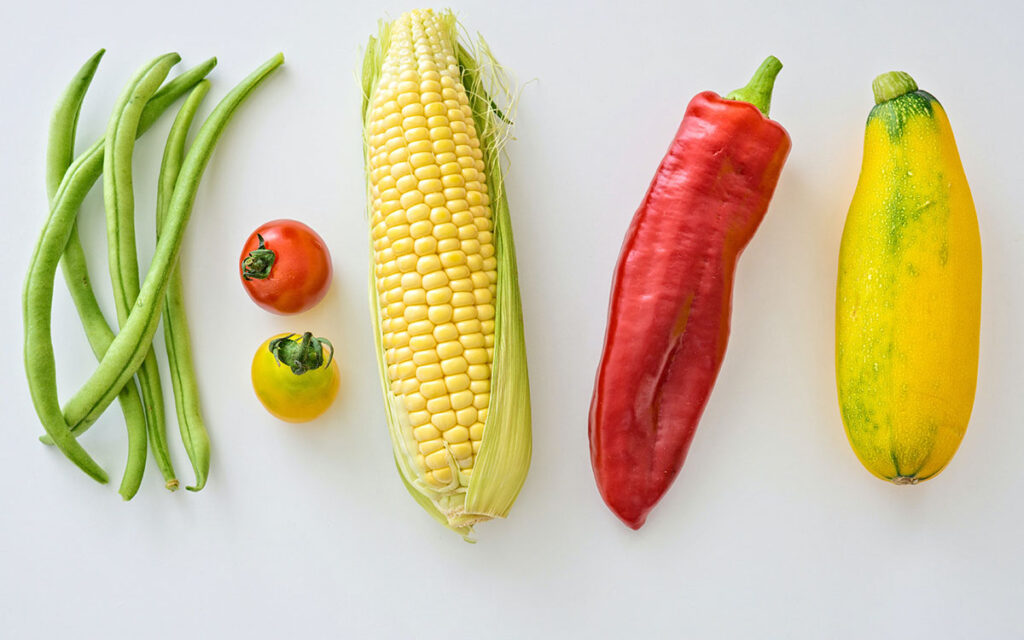
Many oddly-shaped or bruised fruits and vegetables generally taste the same.
- Buy eco-labelled products: Livestock production contributes to 14.5% of global greenhouse (GHG) emissions. On the other hand, fish like cod and tuna are in danger of being overfished. Buying products with eco-labels or certifications that have been caught or grown responsibly is one method to address these problems. Eco-labelling encourages consumers to make choices which are kinder to the environment as they can provide information of water and land usage as well as GHG emissions.
- Use food scraps as fertilizer: Consider giving nutrients back to the soil and reducing your carbon footprint by using food scraps as fertilizer. Fruit and vegetable scraps like banana peel, along with eggshells, tea bags and coffee grounds are some examples of food scraps that can be scattered in the soil to nourish home plants.

Food scraps like coffee grounds can be used as fertilizer. (Photo: PopSugar)
- Check dates on food packaging: Foods with “best before” dates may occasionally still be safe to eat after that time if they are stored properly; so check the labels before throwing them out. The distinction between “use-by” and “best before” dates is substantial. However, items marked with “use-by” dates let you know when they are no longer safe to consume.
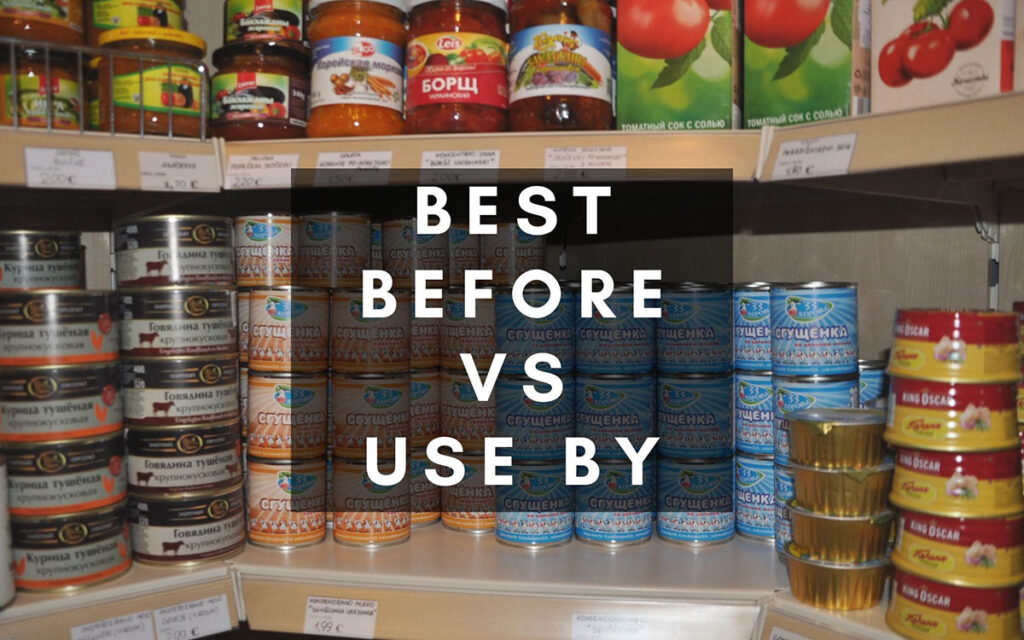
Don’t eat food that is past its “use-by” date.
- Store food smartly: To prevent foods that are nearing their expiration dates from going to waste, store the older products in the front of your cupboard or fridge and new ones to the back. The packages should be tightly sealed to prevent insects from entering, and use airtight containers to keep open food fresh in the refrigerator.
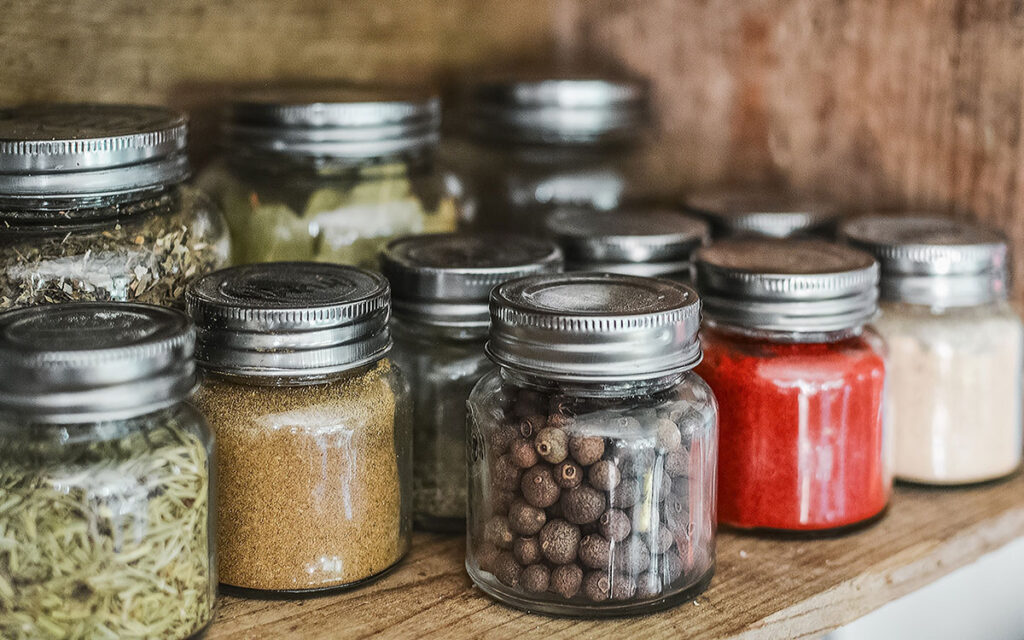
Airtight containers keep food fresh and prevent insects from entering.
- Buy what you only need: We know only too well that it’s difficult to resist the urge to spend on impulse, especially when we are constantly bombarded with supermarket promotions. To control your impulse, make a weekly plan of what your daily meals contain and create a shopping list. This way, you’ll not only be buying what you need and prevent food waste, you also get to save money!
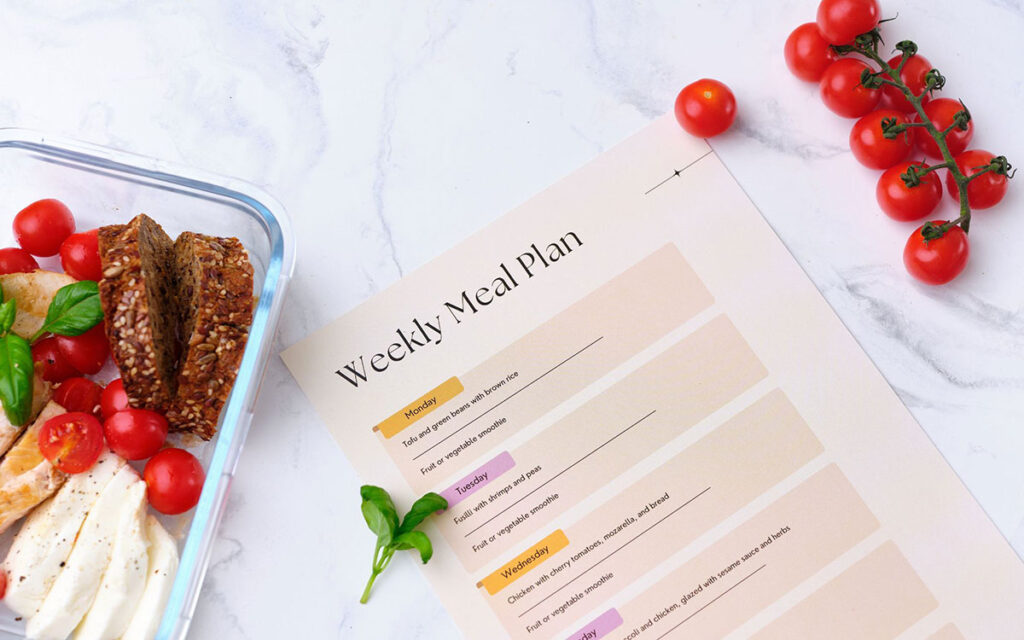
To buy only what you need, make a weekly plan of your daily meals.
- Adopt a healthier, more sustainable diet: Eating sustainably could help you lower your carbon footprint because you wouldn’t be consuming as much of the energy needed to make processed foods. You would be throwing out less tin cans, plastic packaging and chemicals required to extend the shelf lives of foods.
- Conserve water: Fixing leaks or turning off the faucet while you brush your teeth can help you use less water. This ensures that more water is available for food production. It’s important to note that by cutting down on food waste, you’re also saving the water used to produce it.
A world free of hunger
The Russian-Ukrainian war and rising inflation rates, according to the World Food Programme, have caused a record 349 million people in 79 countries to face acute food insecurity, up from 287 million in 2021. As we celebrate Stop Food Waste Day, it is helpful to think about populations that are less fortunate. Even the smallest adjustments to our daily eating routines can have a big global impact on both mankind and the environment. Wasting less, eating better, and embracing a sustainable lifestyle are small steps to building a world free of hunger.








